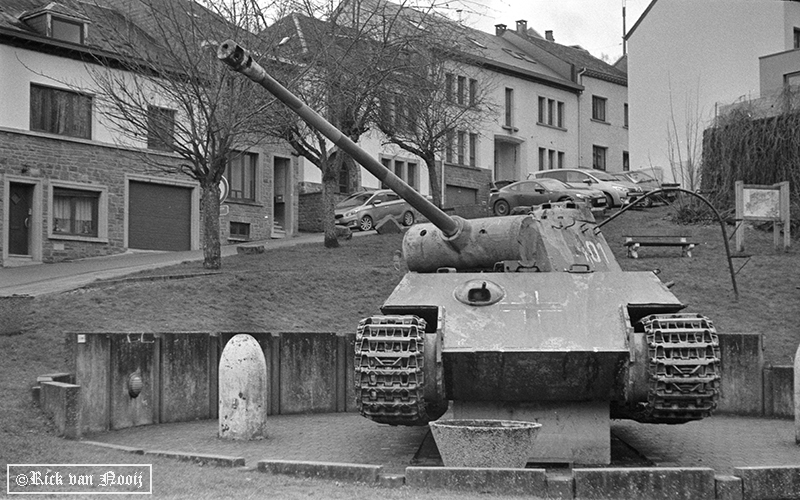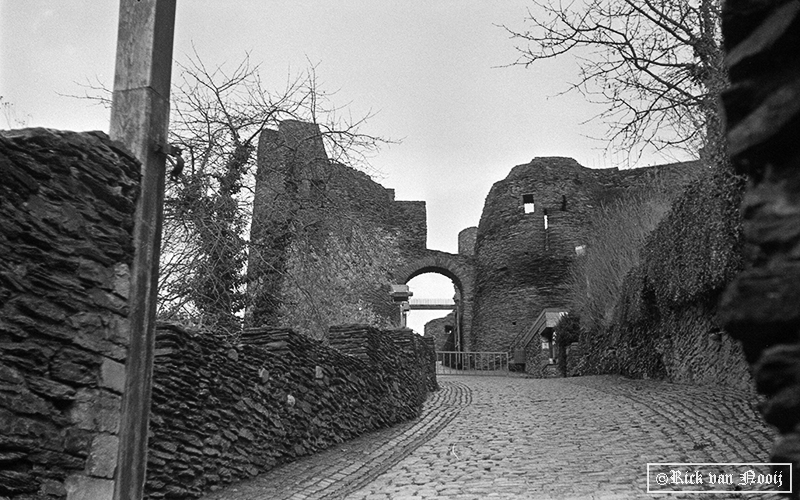goamules
Well-known
Erik the Hektor diagram, as you have displayed it, has six lens elements in three cemented pairs - or "groups" if you prefer that terminology. It is a triplet composed of doublets so-to-speak. ...
a Cook Triplet (a true triplet - also called an anastigmat). ...
Lens enthusiasts usually describe designs based on their air-separated groups. So a lens with three distinct groups, or three individual single elements, are called "triplets". Just as any lens with only one group (or element) is called a Meniscus, though technically that would be a single piece of glass.
You are also misleading the role of Cook when you say, "a true triplet also called an anastigmat".
That term, and the first anastigmat lenses were by Paul Rudolph at Zeiss, the first lenses that used the new Jena glass, in the late 1880s. They were the first lenses that had no astigmatism, so they came up with that name. Later, ANY lens that was corrected for astigmatism started to be called "Anastigmat", with many companies infringing on Zeiss' term. So Zeiss came up with a new name for their lenses, Protars.











